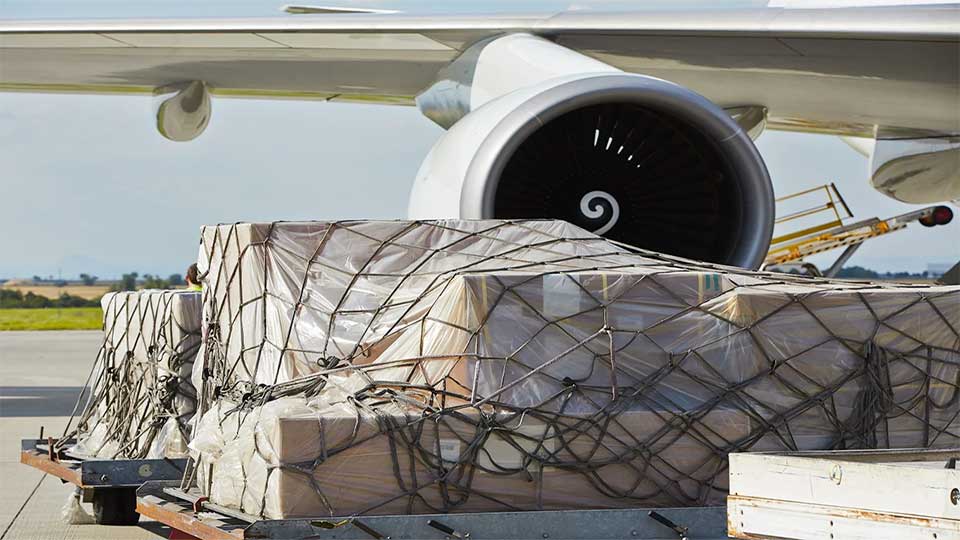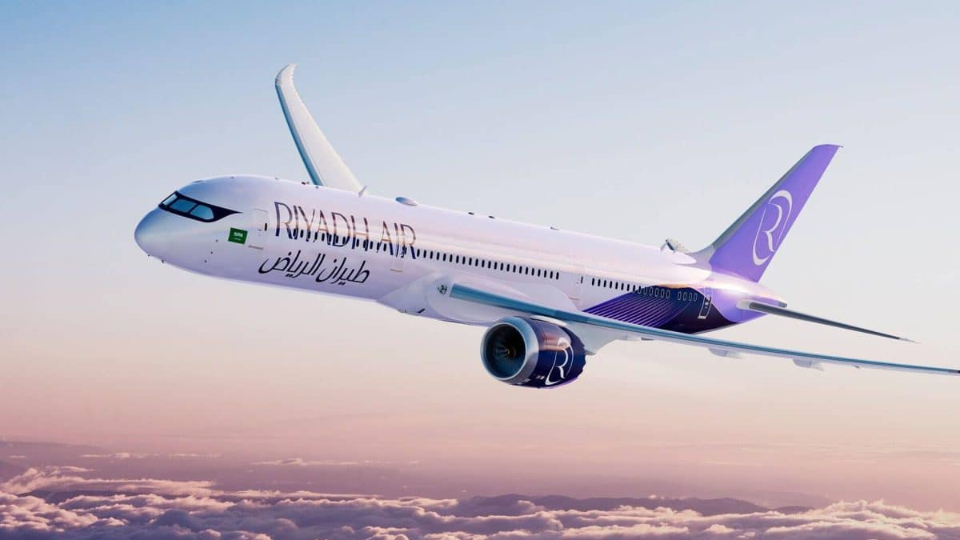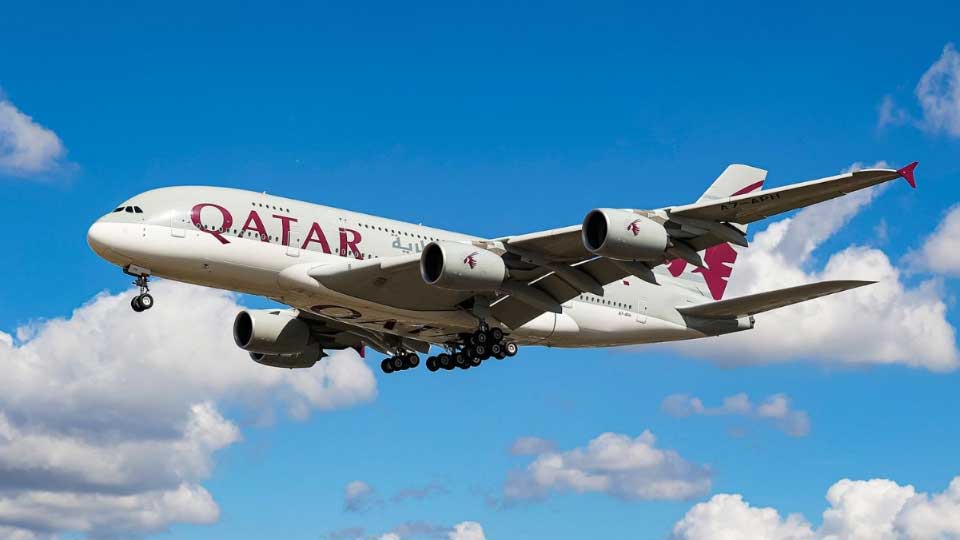
Dhaka: The global freighter fleet is finally expanding after years of limited growth, but the recovery comes just as global trade faces mounting challenges.
In early September, the freighter line-up received a boost with the addition of the first Boeing 777 passenger-to-freighter (P2F) conversion.
Israel Aerospace Industries (IAI), after a lengthy wait for US Federal Aviation Administration (FAA) approval, delivered the first two 777-300ERSF aircraft to Michigan for lessor AerCap and launch operator Kalitta Air.
The certification process had been delayed by aerospace supply chain disruptions and Boeing’s internal production issues, but large widebody freighter deliveries have picked up pace.
Boeing delivered 20 777-200Fs in the first half of 2025, compared to just 13 units in all of 2024.
However, the fleet growth comes at a time of weakening trade dynamics. The removal of the de minimis exemption for parcels entering the United States has curbed e-commerce flows to the world’s largest market.
At the same time, China's export machine is facing increased pressure amid structural economic challenges and softening demand.
Air Lease Corp’s recent cancellation of its Airbus A350 freighter order is seen by some in the industry as a sign of weakening confidence in the air cargo sector.
Still, airfreight demand has shown resilience. Traffic grew in July and August, with strong performance on routes such as China-Europe and Vietnam-US, even as China-US volumes fell by double digits. E-commerce shipments to Latin America are also surging.
Analysts warn that gains in other regions cannot fully offset the slowdown in China-US flows, and broader macroeconomic uncertainty—including job losses and weaker consumer sentiment—is weighing on the global outlook.
Nonetheless, long-term demand drivers remain intact. The rapid acceleration of the "China-plus-one" manufacturing strategy is fuelling export growth from Southeast Asia. Limited capacity—particularly on transpacific routes—is struggling to keep pace.
Industry stakeholders say adaptability is key. While independent initiatives will continue, greater collaboration among partners and more supportive regulatory frameworks are increasingly vital to ensure the sector can respond quickly to shifting trade patterns.
-B












